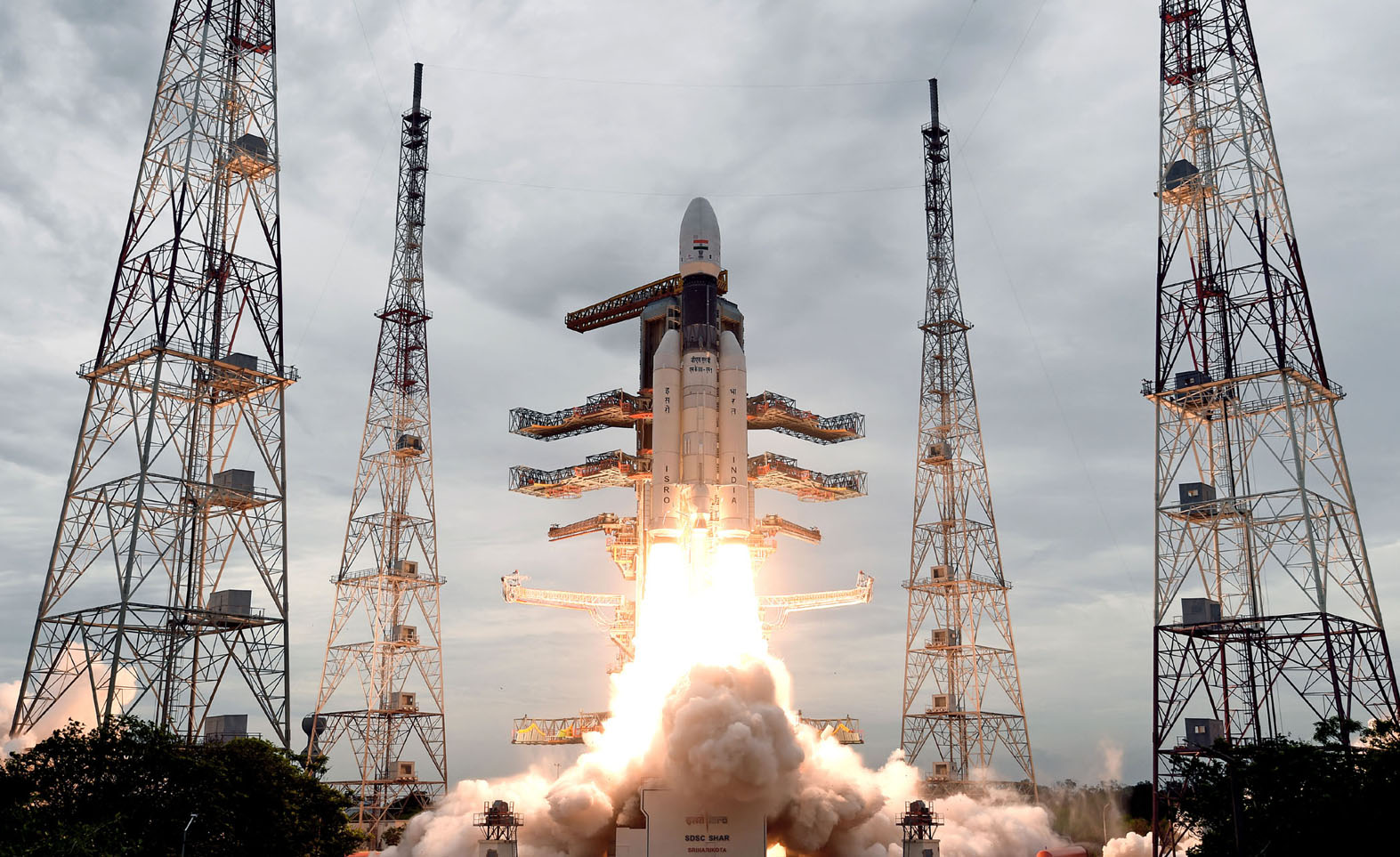
July 17, 2023
The primary objective of the Chandrayaan-3 mission is to develop and demonstrate new technologies crucial for interplanetary missions
The launch will undertake five earth-bound manoeuvres, followed by a trans-lunar insertion
The vehicle’s landing is expected to occur on August 23
Chandrayaan-3 comprises an indigenous propulsion module (PM) and a lander module (LM)

India successfully launched its third moon mission, Chandrayaan-3, using the Launch Vehicle Mark-3 (LVM-3) rocket last week. The launch occurred at the Satish Dhawan Space Centre in Sriharikota.
The primary objective of the Chandrayaan-3 mission is to develop and demonstrate new technologies crucial for interplanetary missions. This mission follows India’s previous attempt, Chandrayaan-2, which unfortunately failed to achieve a soft landing on the lunar surface in 2019.
ISRO Chairman S. Somanath, while addressing the press, emphasized the importance of the next 42 days. He outlined the planned manoeuvres, including five earth-bound manoeuvres, followed by a trans-lunar insertion. The landing is expected to occur on August 23, 2023.
Chandrayaan-3 comprises an indigenous propulsion module (PM) and a lander module (LM). The mission aims to develop and demonstrate new technologies necessary for interplanetary missions.
According to ISRO, the lander is capable of achieving a soft landing at a designated lunar site and deploying the rover. During its exploration, the rover will conduct in-situ chemical studies of the lunar surface. The lander is equipped with scientific instruments for studying the lunar surface and subsurface.
Prime Minister Narendra Modi tweeted that Chandrayaan-3 marks a significant milestone in India’s space exploration and commended the dedication and ingenuity of the scientists involved.
Source: The Hindu